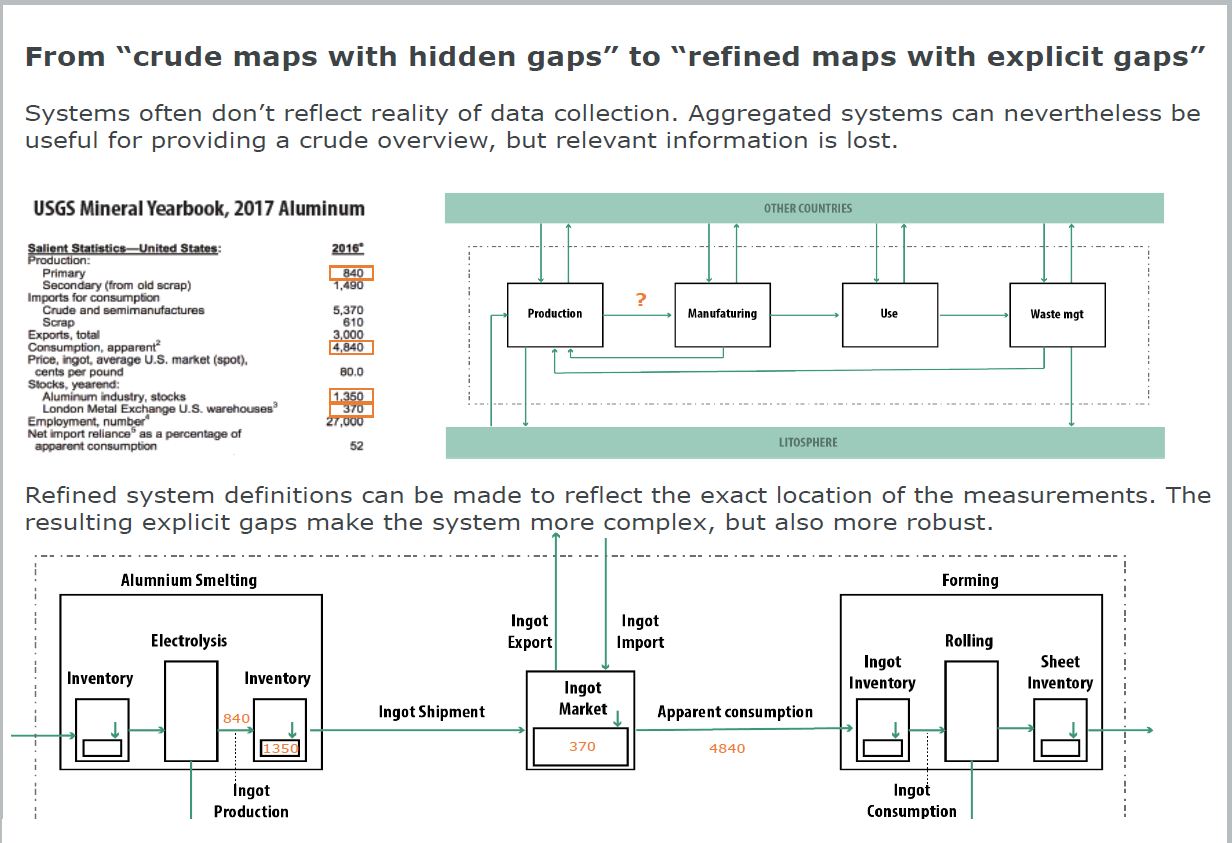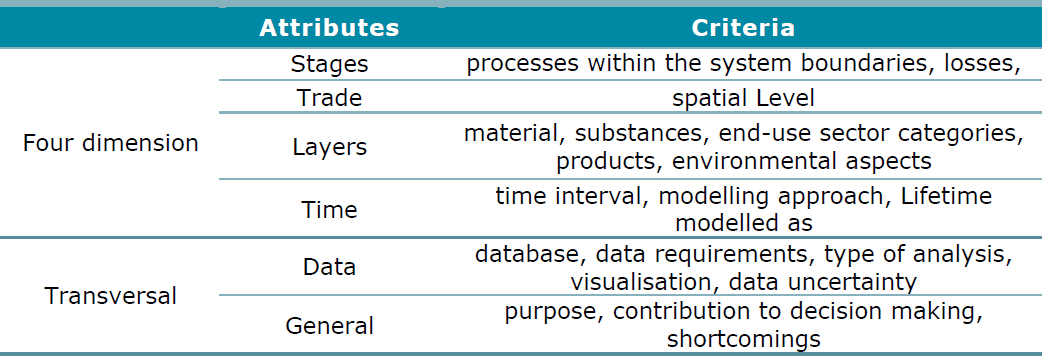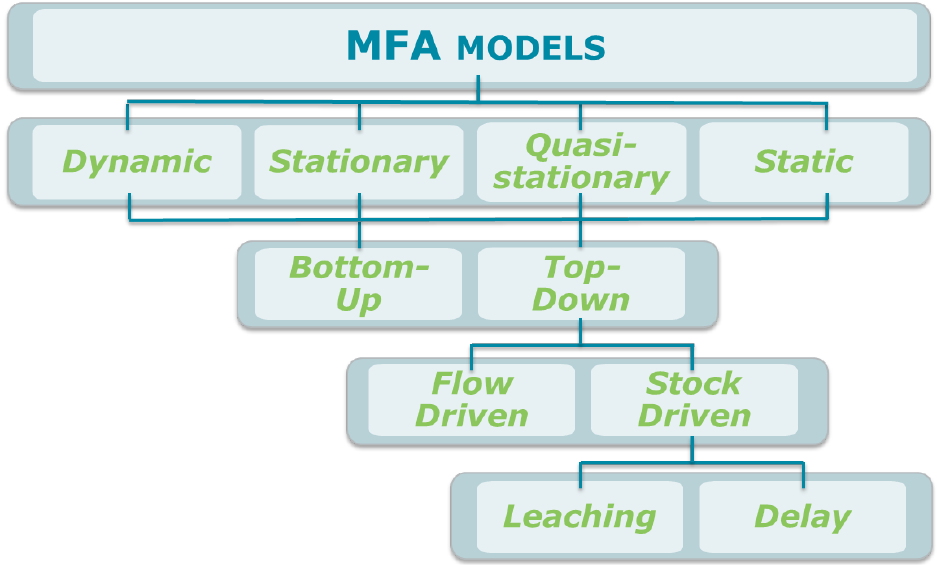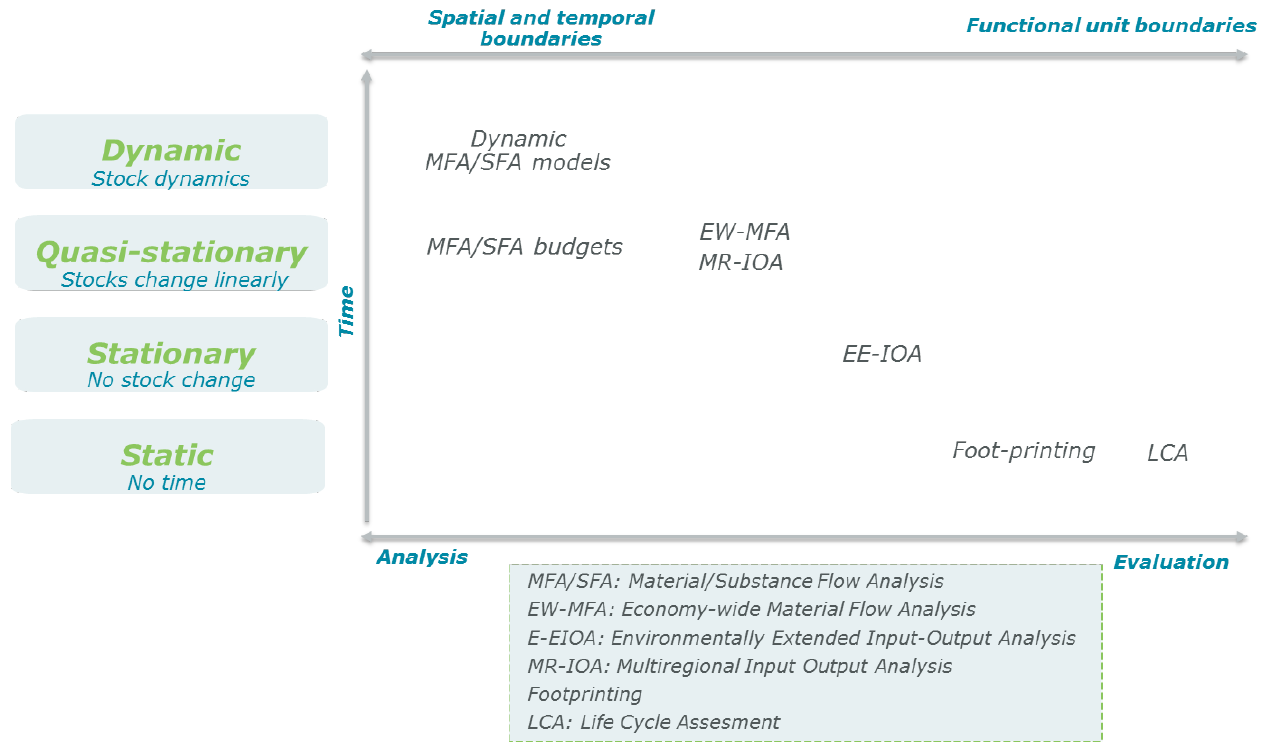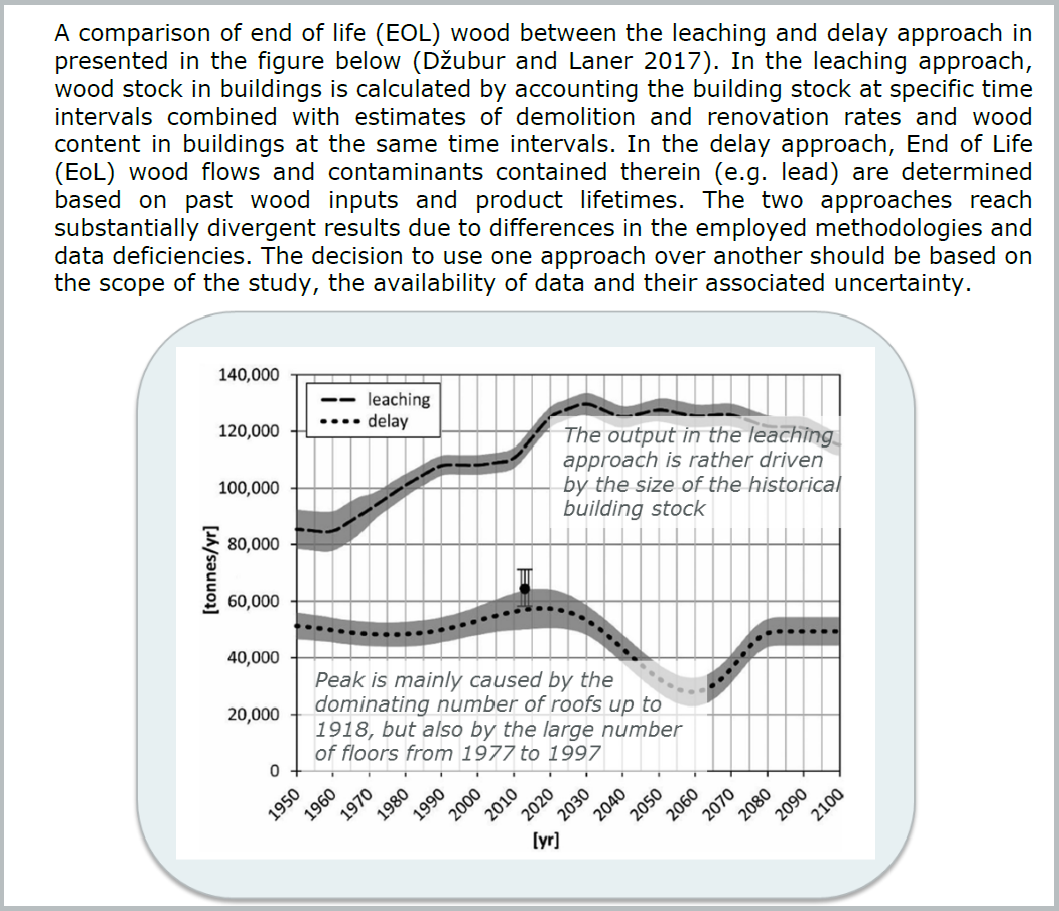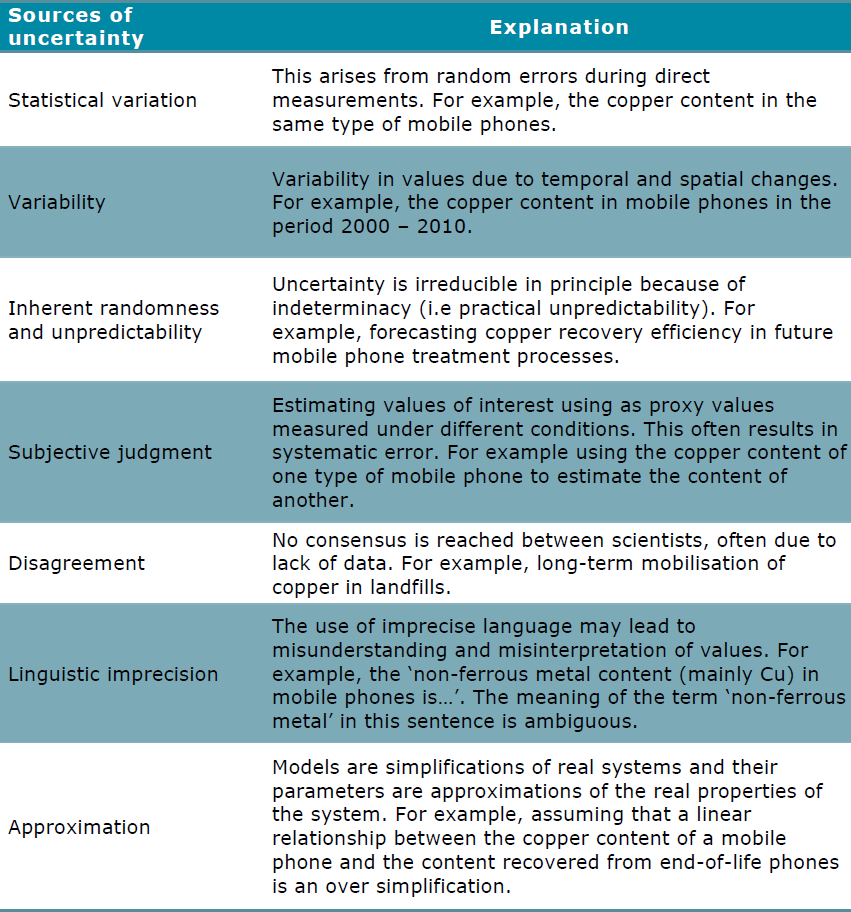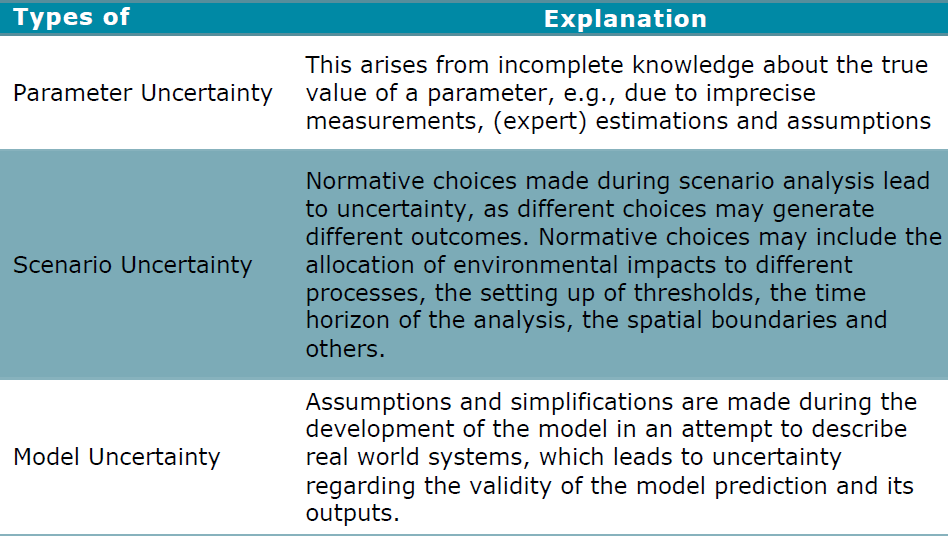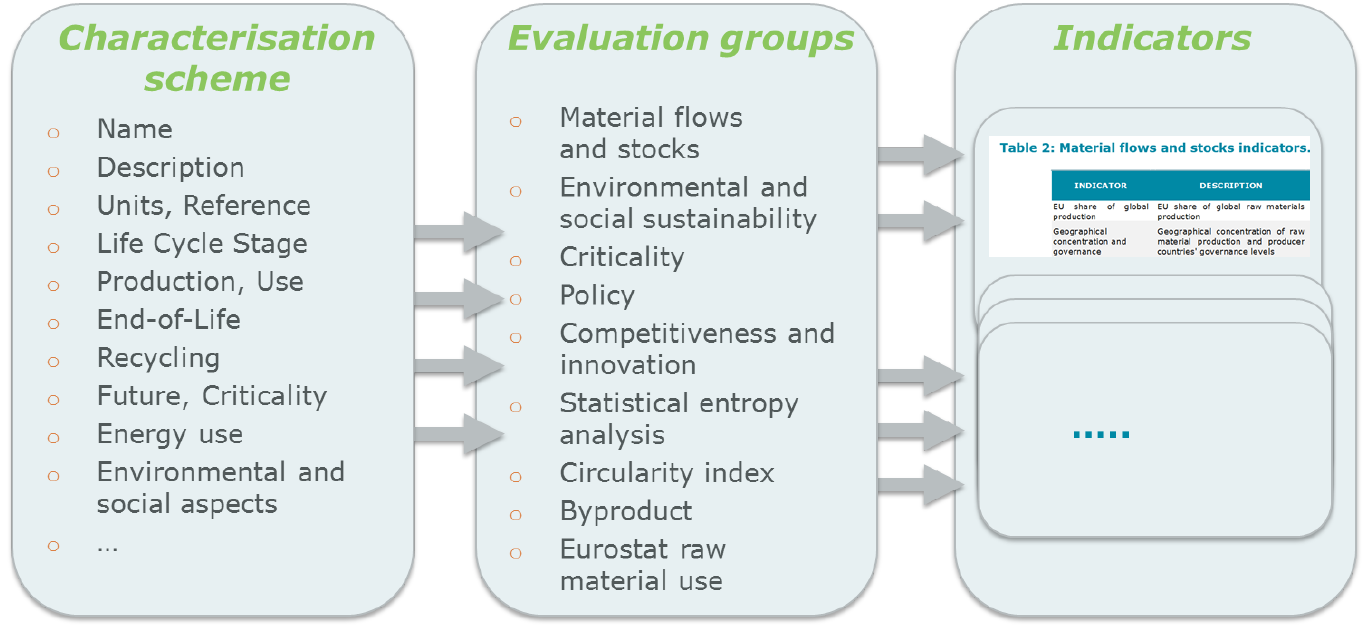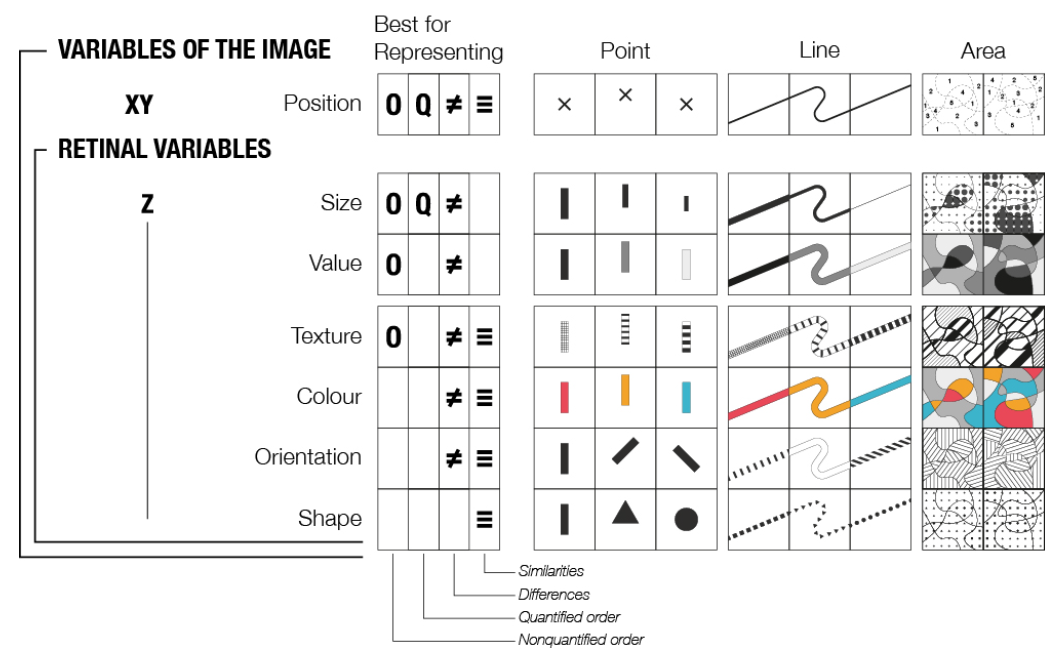Systems
Key messages
- Systems are the foundation of any MFA.
- The system represents the coordinate system of the physical economy.
- Without a proper system definition it is not possible to monitor the physical economy in a consistent way.
Importance & Challenges
Systems represent the totality of the stocks and flows within boundaries defined in space and time at a chosen level of (dis-)aggregation. They include observed and unobserved stocks and flows. Adding a system definition to observed data adds information: Systems define the context of observed flows and they allow for calculation of unobserved flows using mass balance. Systems define where materials are located, either in the form of stocks or in processes, but also, where they are moving to (flows). Mathematically, systems are defined through (mass or energy) balance equations, which include observed and unobserved flows (e.g. material dissipation). Systems can be defined using different levels of aggregation. This is determined by the objectives of an investigation. Strong system definitions reflect the real system adequately at an aggregation level that serves the purpose of their models. Without good system understanding, the MFA will be of poor quality and may even lead to wrong conclusions. Spending therefore adequate time to understand the real system and how best to reflect it in MFA, is very important. The development of systems requires substantial background research, as well as engagement with multiple stakeholders and industry to ensure that it aligns well with the real one. Ultimately, the system represents a map of the processes, material stocks and flows in a supply chain.
Approaches
Please note: The following text is taken from the existing MinFuture report "A systems approach for the monitoring of the physical economy". Please click on the afore-mentioned link to access and read the full publication.
Testing of the outlined hypotheses on selected companies, national authorities and at the European and global level. This is achieved through close collaboration between MFA specialists and representatives of the above mentioned institutions. Validation will illustrate how the five data challenges can be addressed effectively using the MinFuture hypotheses.
Without a coordinate system, the measurements provided by data cannot accurately be placed to flows or stocks. The key approaches below aim to illustrate how systems can be developed in order to provide better coordinate systems for some known challenges. Systems are very much linked to data and without proper systems in which the data can be placed within robust interpretation can become a challenge.
Crude ore versus beneficiated ore
Some geological surveys report the crude ore in their statistics, whilst the majority report the beneficiated ore, namely the valuable part of the ore. The difference between the two represents the waste rock, Figure 8. Let us assume now that the aim of a study is to understand global production of a mineral commodity. When compiling data from different sources that report at different points in the system and do not provide sufficient metadata information, for example, the metal content of the crude ore, then it is highly likely that errors are introduced during the calculation process.

Figure 1: An illustration of the measurement points for crude and beneficiated ore
Production versus sold production
Most statistical agencies and geological surveys report data on production, sold production, or shipment, Figure 9. However, these terms represent different parts of the value chain. Production is the quantity of a material produced directly from a mine in a given year. Shipment and sold production represent the quantity of a material that has been sold in a given year. Often companies have inventories where material is stored after production. Sold production or shipmen may represent a quantity of a material that originates from an inventory. Therefore, the terms production and sold production or shipment do not mean the same thing and should not be used interchangeably as they may introduce errors to MFA. Equally, data providers should try to remove any inconsistencies associated with these terms by providing additional information on the measurement point they represent.
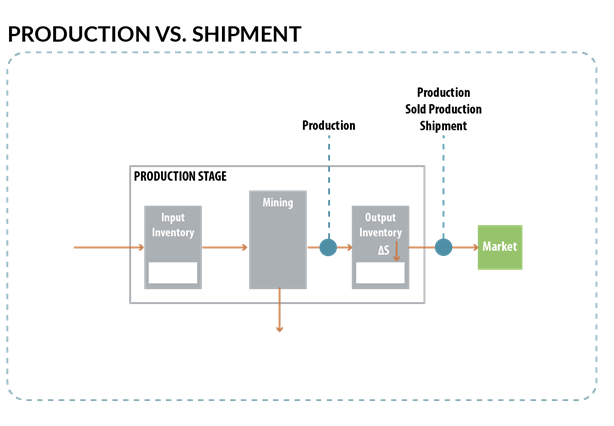
Figure 2: An illustration of the measurement points for production and production sold / shipment
Finished products (steel)
The term finished steel or finished products may correspond to various different production stages, Figure 10. It can be interpreted as the sum of the production of all steel companies, or as the sum of finished steel production by a country. Interpreting the numbers wrongly, for example due to product from company A feeding into company B, may results in double counting especially when attempting to calculation production at country level.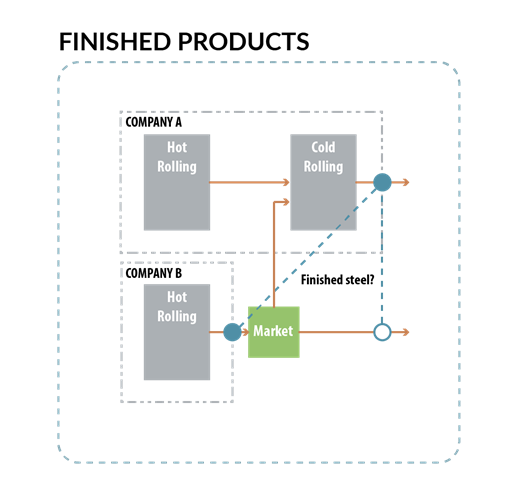
Figure 3: An illustration of the different measurement points that may be accounted for when quantifying ‘finished steel’ products from different companies
End Use
The term end use is relative and has different meanings for different sectors. Wrongly interpreting
the end use statistics can result in inconsistencies throughout the material cycles.
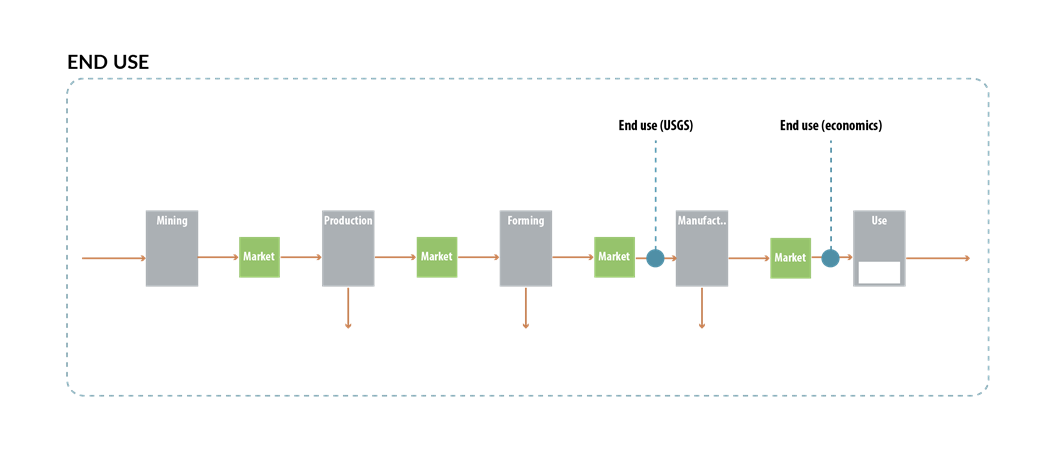
Figure 4: An illustration of different measurement points for end use products
Domestic shipment
Domestic shipment (DS) the “trade” within a single country, cannot be visualized directly when using markets. However, it can be visualized if trade is visualized without markets (Figure 5). To be able to understand the relationship between what a single country produces for own use and their import reliance, it is important that these concepts are properly understood. Production and apparent consumption (AC) can be calculated if DS, import (I) and export (E) are known (see formula), provided that there are no significant stock delays in the market.
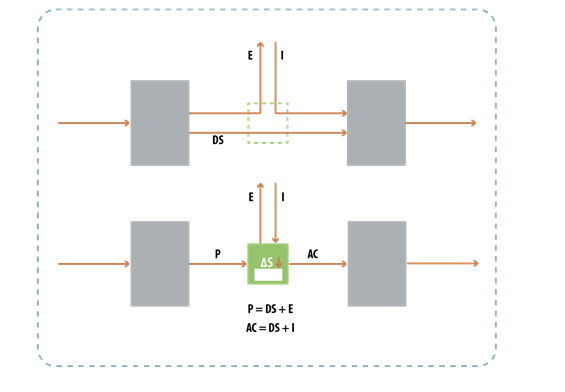
Figure 5: An illustration of how domestic shipment may be accounted for in MFA
International trade
Trade is visualised using markets, however, trade between countries does not happen instantly and can occur in a variety of forms. Markets consists of several sub-processes such as transit, boarder control, customs and warehouses that all can contain stocks which can further lead to delays in the system and to inconsistencies between the measurement (statistics) of import and export. In addition, trade can happen illegally (smuggling), in which the materials are not tracked at all. As an example of possible delays in the system, it is possible to export materials for storage in a bonded warehouse where the material can be stored for some time (possibility to speculate in material prices) before being imported to another country (Figure 6).
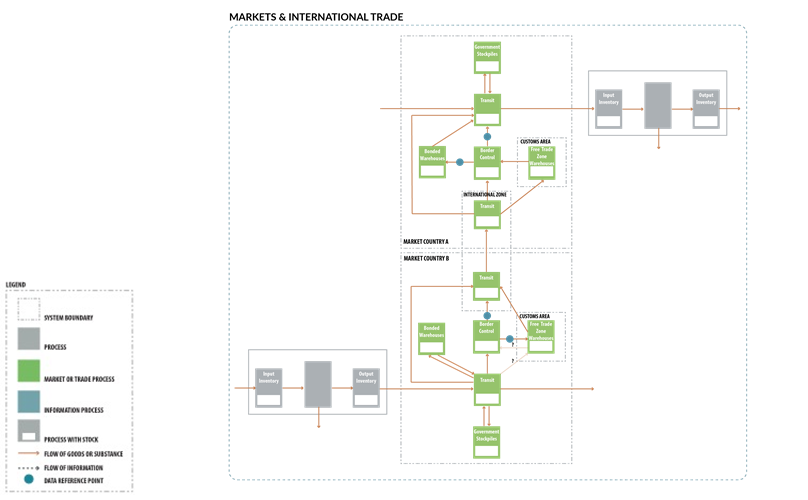
Figure 6: An illustration of the stages involved in the trade of goods between different markets
